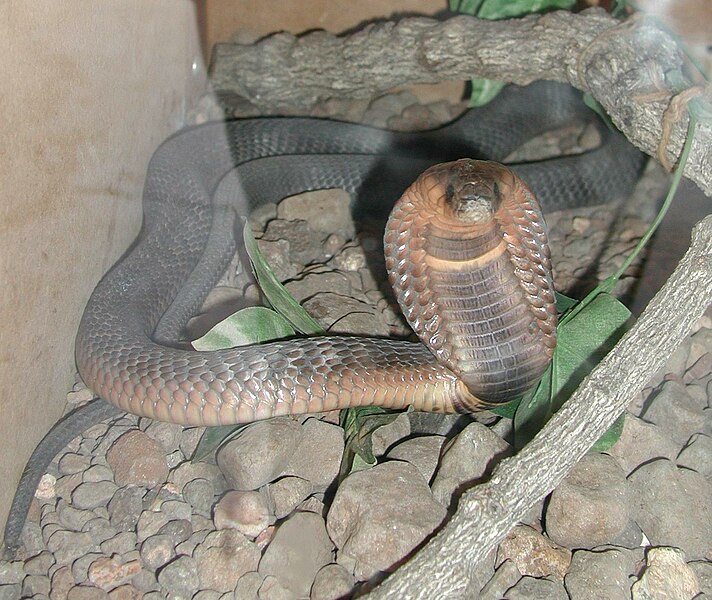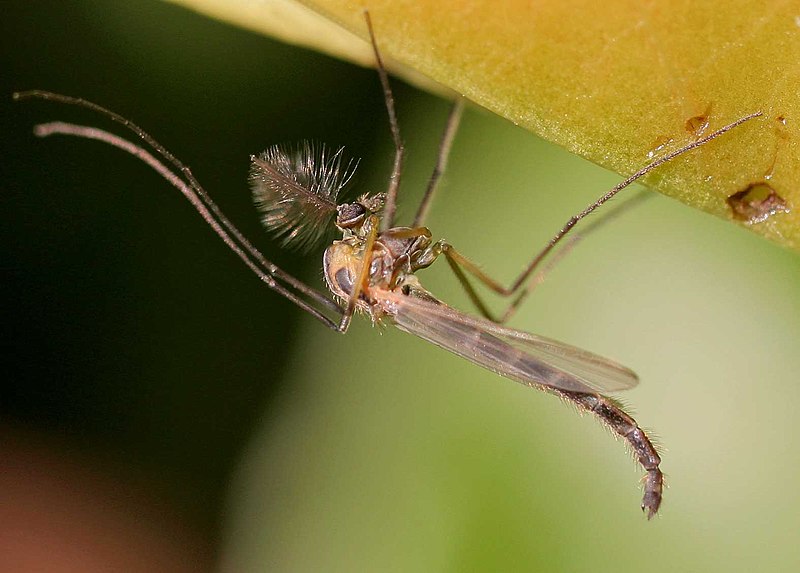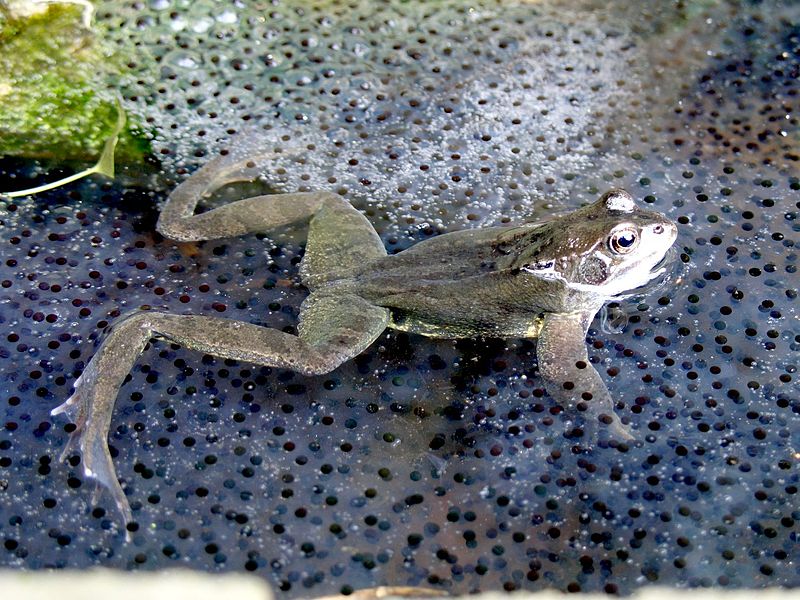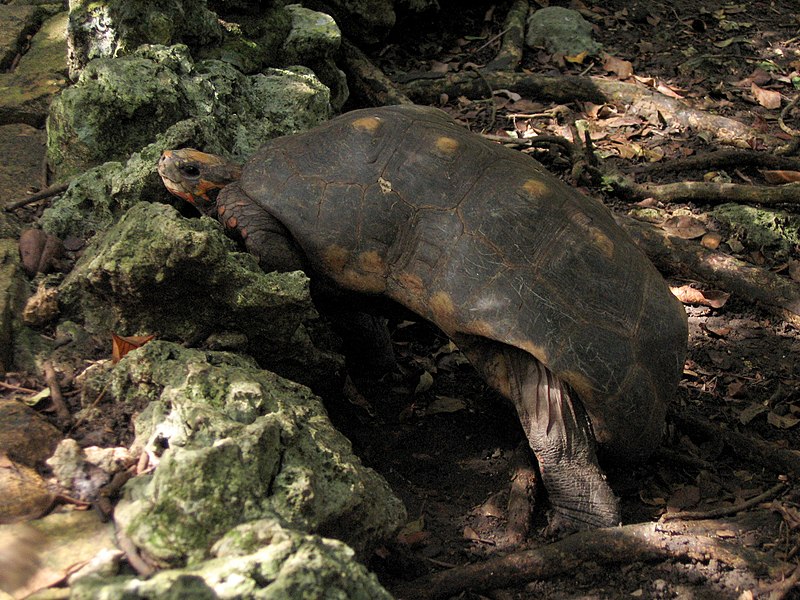 A 2,000 year-old-legend holds that Cleopatra, famed last Queen of Egypt, committed suicide by allowing an Asp, or Egyptian Cobra (Naja haje), to bite her. A recent study at Germany’s University of Trier, however, has now called this story into question.
A 2,000 year-old-legend holds that Cleopatra, famed last Queen of Egypt, committed suicide by allowing an Asp, or Egyptian Cobra (Naja haje), to bite her. A recent study at Germany’s University of Trier, however, has now called this story into question.
Plant Poison or Snake Toxin?
By analyzing ancient Egyptian papyrus scrolls and a Roman historian’s account of Cleopatra’s demise, German toxicologists have concluded that a lethal mixture of plant poisons, and not a venomous snake bite, was the more likely suicide agent. Read More »
 That Reptile Blog – Reptile, Amphibian and Exotic Pet Care and Information
That Reptile Blog – Reptile, Amphibian and Exotic Pet Care and Information



